Genesis Galindo Leyva
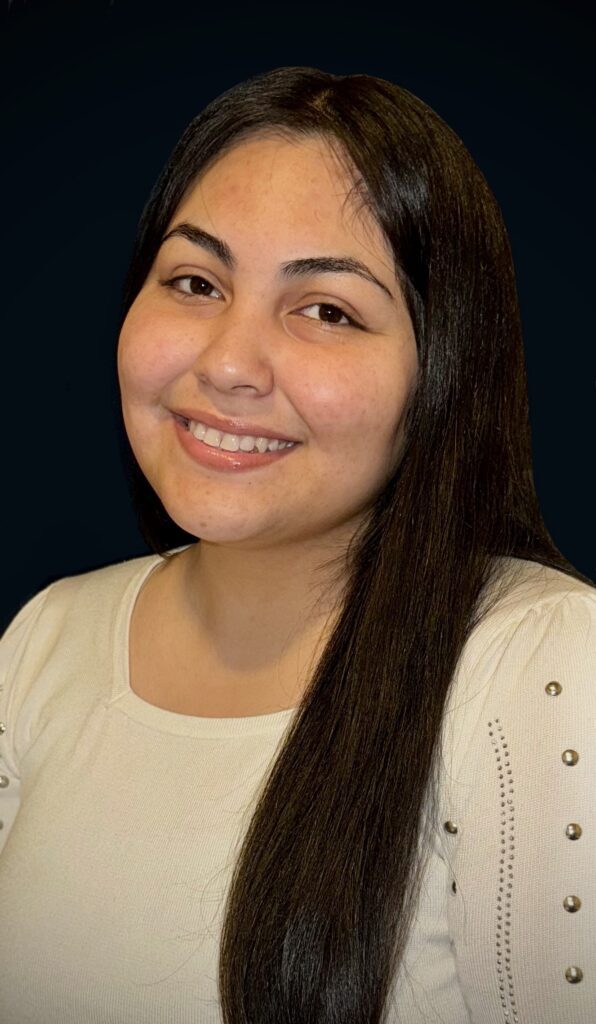
First-generation immigrant parents are often considered to act in their family’s best interest, especially to ensure their children’s success. For this reason, when focusing on education, many first-generation immigrant parents’ are seen as influencers and contributors to their children’s educational success. However, being considered in such way, less emphasis is placed on first-generation immigrant parents’ personal educational aspirations and, further, their desire to continue their education in the destination country. Therefore, it is important to look further into what factors may influence first-generation immigrant parents’ decision-making, how these factors influence […]
Eleanor Gao

Uncertainty monitoring is an introspective process integral to learning. Children, demonstrating this ability as early as three years old, have to make countless decisions from moment to moment about what aspects of the environment to pay attention to and which ones to ignore. An internal sense of uncertainty is crucial to solving this problem: by selectively orienting themselves to things they’re uncertain about, children can maximize learning and minimize wasting time on already familiar things. Current research mainly explores how uncertainty guides children’s information-seeking but not sensitivity. There is a […]
Viktoriya Georgieva
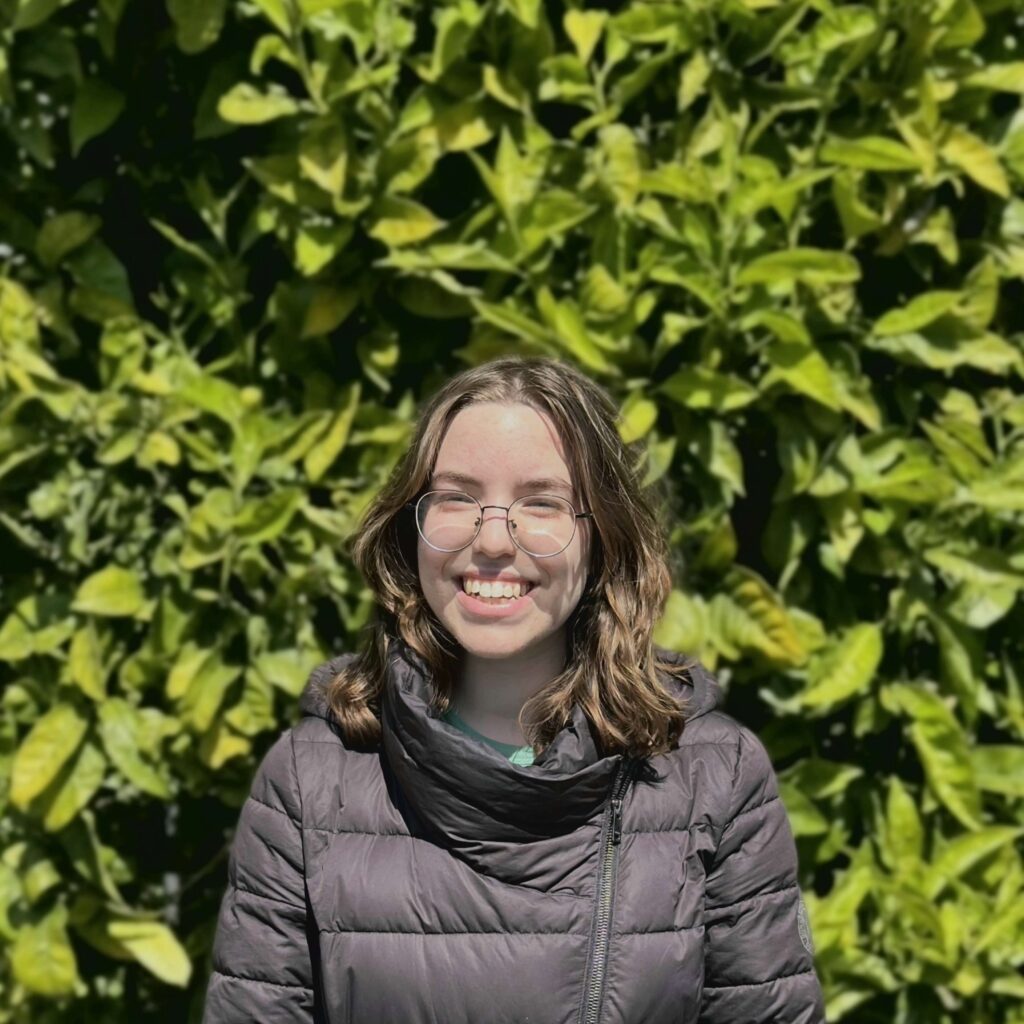
With the current state of escalating climate emergency, generation of plants with improved ability to sequester carbon is of high priority. The Rieske subunit of the cytochrome b6f complex is a known rate-limiting step in photosynthesis. This protein, encoded for by the PetC gene, is found to increase photosynthetic efficiency upon overexpression in plants, demonstrating potential for increased carbon sequestration. However, due to current restrictions on GMOs, overexpression needs to be achieved nontransgenically to create a practical impact. Given that this has yet to be attempted, this project aims to […]
Lucia Rhiannon Harrison

All the it-girls are dissociating. Dissociative feminism has become the new cool-girl branch of white, neoliberal feminism which has been picked up by teenage girls online who idolize problematic characters who dissociate to cope with their trauma. Otessa Moshfegh’s unnamed narrator in My Year of Rest and Relaxation while drawing on elements of the gothic genre, satirizes this new media trope. I argue that the rise in dissociative feminism is indicative of a larger social incapacity to cope with trauma through a particular affective position of dissociation, in response to […]
Joshua Ho

Particle physicists seek to understand particles and the physical laws governing their interactions by building particle colliders. These colliders provide a large amount of data, and due to the probabilistic nature of particle physics, researches are turning towards ML to model complex physical processes. With the rise of foundational models like ChatGPT, particle physicists have been inspired to create a large scale, general purpose model that has been trained on a vast amount of data to serve as a strong starting point for various specific tasks, that can be fine-tuned […]
Heidi Huang
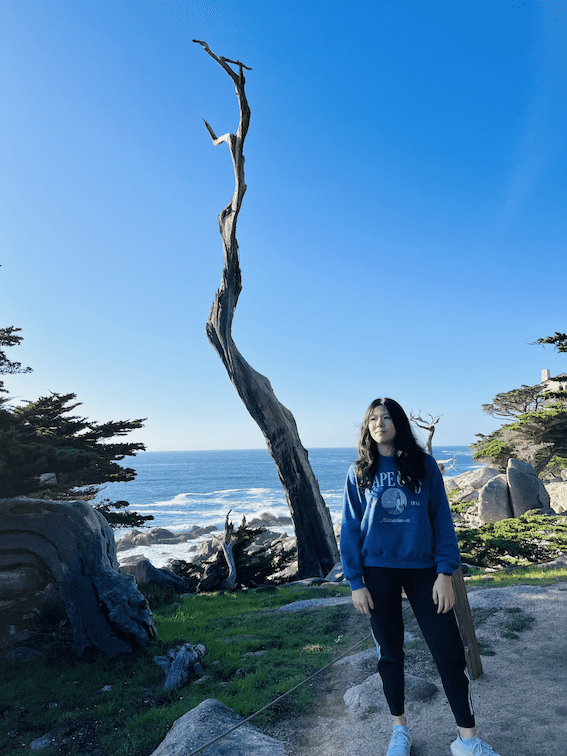
CRISPR-Cas holds great promise for treating Huntington’s Disease, a fatal neurodegenerative disorder. Despite Cas9 RNP’s minimal off-target effects and transient activity, existing RNP delivery methods fall short, limiting RNP therapeutics’ in vivo applications. To address this, the Wilson lab has developed a reversible linker for enhanced RNP brain distribution and editing efficiency. Building on this foundation, my project aims to reduce cytotoxic peptide aggregate formation, which impedes editing efficiency, in Cas9 RNP buffers. Specifically, my research seeks to optimize CRISPR RNP buffer formulations with selected additives to minimize aggregate formation, […]
Tansy Chen

Magnetotactic bacteria (MTB) are aquatic bacteria capable of creating a unique intracellular organelle, the magnetosome, that is the location of magnetic crystal biomineralization. They are important models for the molecular study of compartmentalization and biomineralization as well as possible vehicles for biomedical applications. In the model organism Magnetospirillum magneticum strain AMB-1, the magnetosome island (MAI) encodes genes responsible for the creation, alignment, and maturation of a linear magnetosome chain, which ultimately allows the cell to orient and travel along Earth’s magnetic field lines in order to simplify their search for […]
Stephen Chen
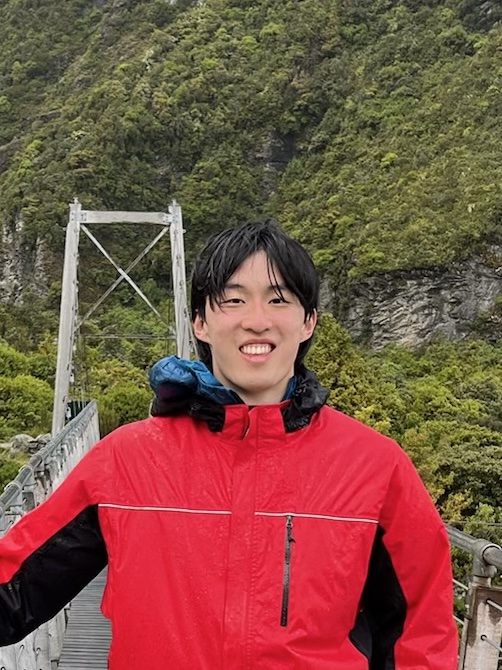
Since proteins carry out the majority of work in living cells, how a cell operates is heavily determined by the relative abundances of different proteins at any given time. These relative abundances are largely determined by gene expression levels: the extent to which a gene is “activated.” Predicting gene expression levels from noncoding DNA sequence is a major unsolved problem in computational biology. Recently, machine learning (ML) has emerged as one of the most effective tools for this task. While significant work has been done with human genomes, much work […]
Annie Cheng
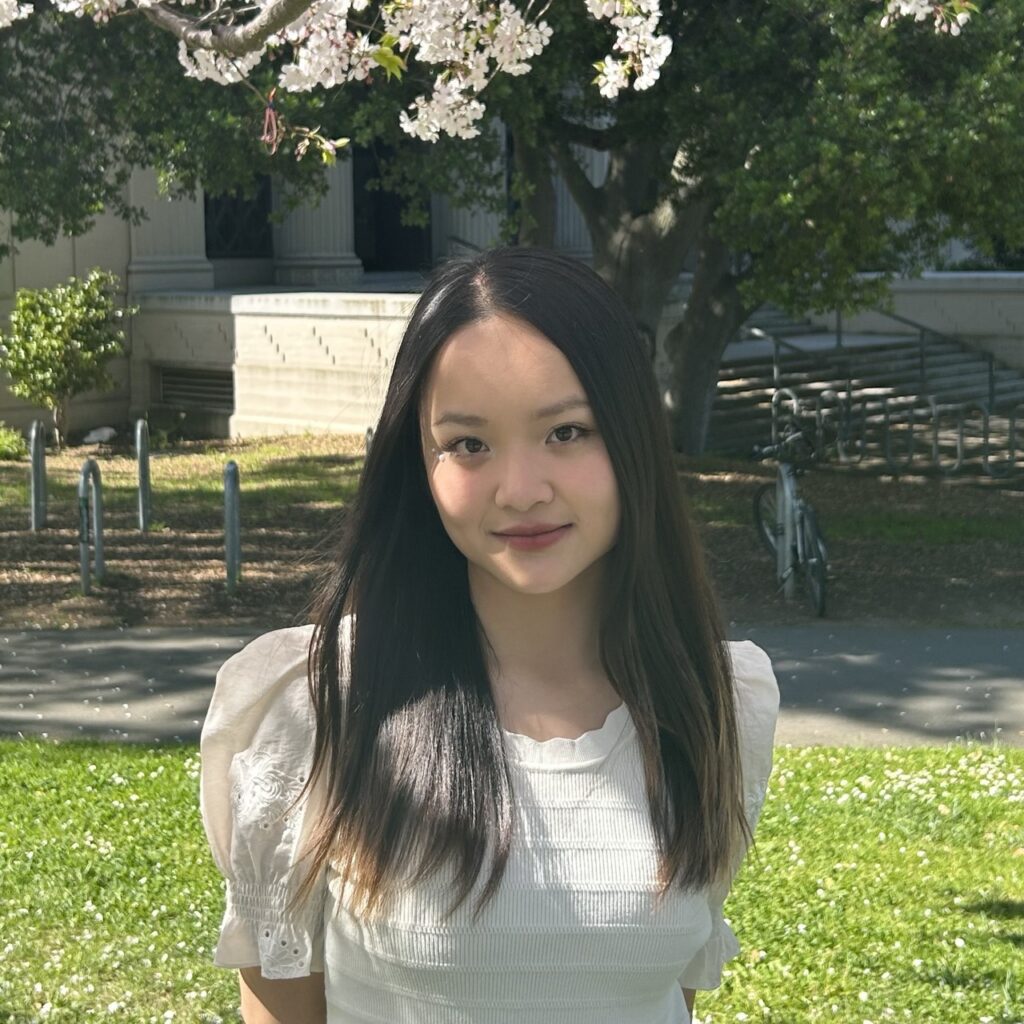
Labor poetry in China emerged from the growing exploitation of migrant workers in the post-reform era. Zheng Xiaoqiong 郑小琼, a worker-turned-poet has gained attention through her writing of female migrant workers’ gendered experience of the highly mechanized, desexualizing process of industrial production. While her work has received critical attention from feminist and eco-critical angles, it has often been read within a narrow factory setting. This project aims at filling the gap through close-reading Zheng’s work via an ecofeminist synthesis, which relates the oppression of women to that of nature. I […]
Cleo Cottrell
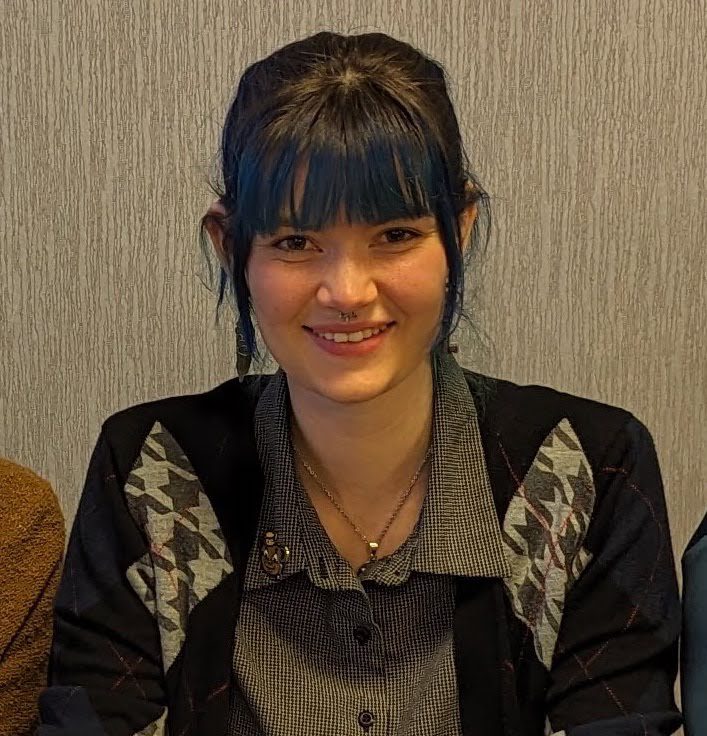
Ground penetrating radar (GPR) and electrical resistivity tomography (ERT) are two geophysical instruments used for minimally invasive survey projects. This research will focus on applying these instruments in an archaeological context, specifically to investigate the detection abilities of GPR and ERT in identifying faunal remains and bone beds in California. While the use of GPR to locate marked and unmarked graves has been documented, there is a lack of literature surrounding ERT use on bone beds and the use of both instruments in detecting faunal remains. To test these capabilities, […]